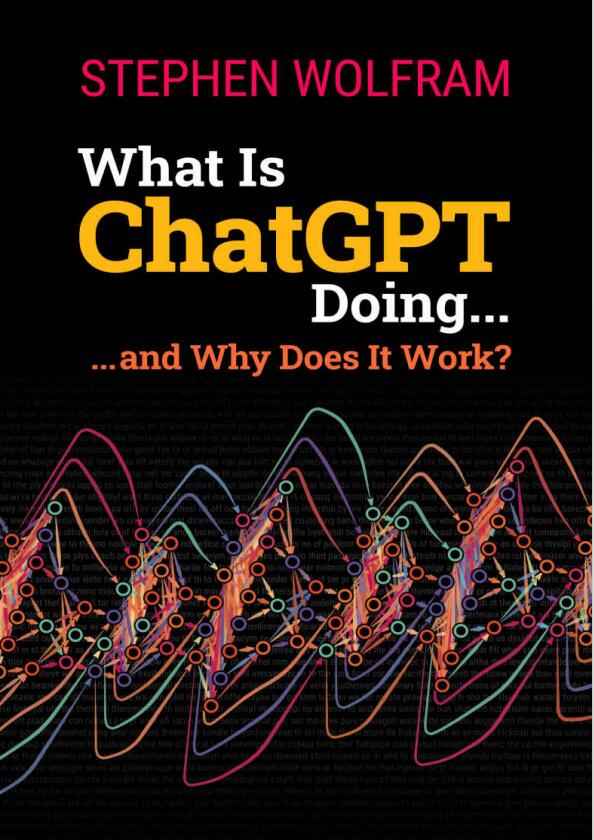
资料简介:
That ChatGPT can automatically generate something
that reads even superficially like human-written text
is remarkable, and unexpected. But how does it do it?
And why does it work? My purpose here is to give a
rough outline of what’s going on inside ChatGPT—
and then to explore why it is that it can do so well in
producing what we might consider to be meaningful
text. I should say at the outset that I’m going to focus
on the big picture of what’s going on—and while I’ll
mention some engineering details, I won’t get deeply
into them. (And the essence of what I’ll say applies
just as well to other current “large language models”
[LLMs] as to ChatGPT.)
The first thing to explain is that what ChatGPT is
always fundamentally trying to do is to produce a
“reasonable continuation” of whatever text it’s got so
far, where by “reasonable” we mean “what one might
expect someone to write after seeing what people
have written on billions of webpages, etc.”
So let’s say we’ve got the text “The best thing about
AI is its ability to ”. Imagine scanning billions of
pages of human-written text (say on the web and in
digitized books) and finding all instances of this text
—then seeing what word comes next what fraction of
the time. ChatGPT effectively does something like
this, except that (as I’ll explain) it doesn’t look at
literal text; it looks for things that in a certain sense
“match in meaning”. But the end result is that it
produces a ranked list of words that might follow,
together with “probabilities”:

